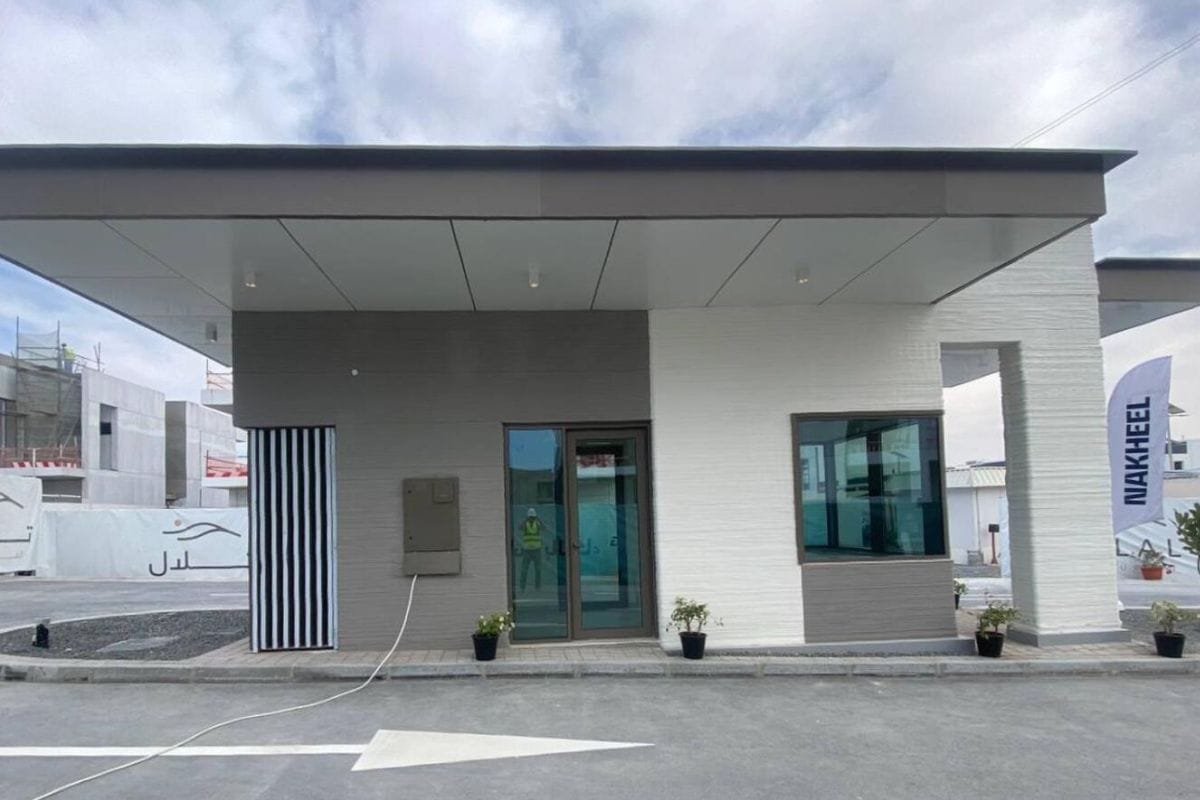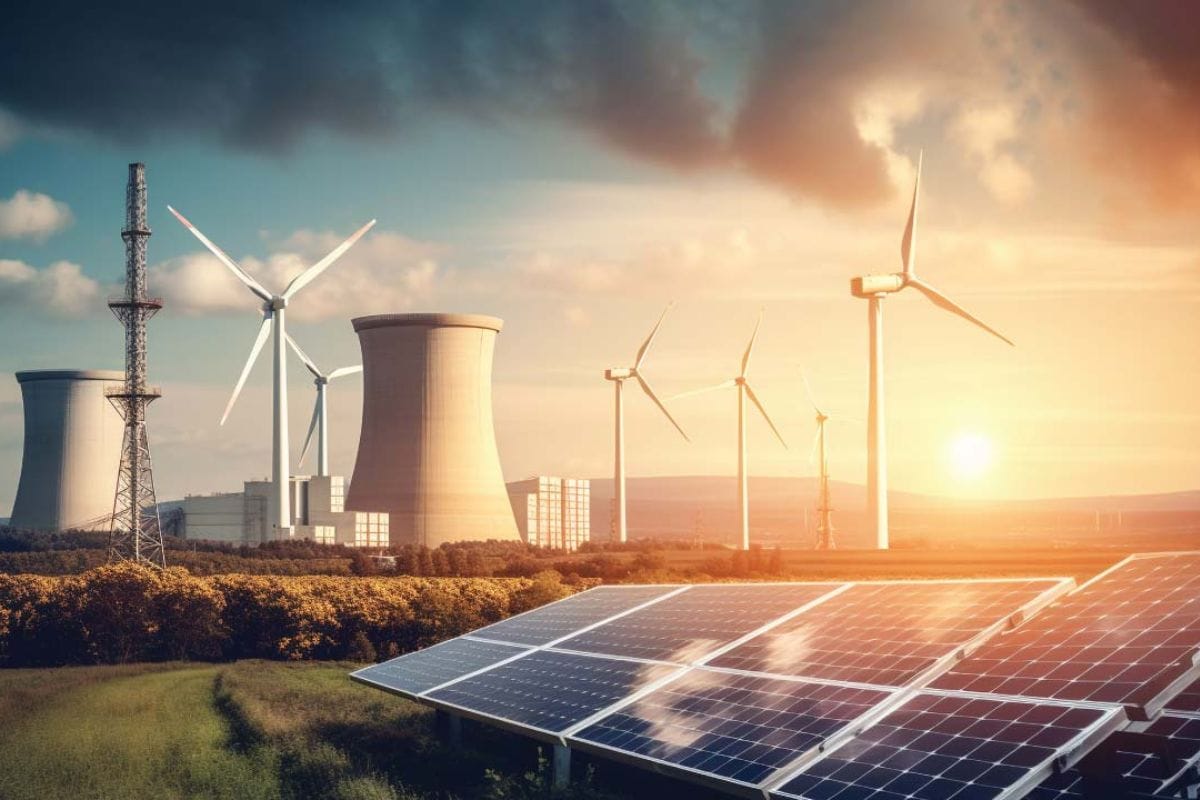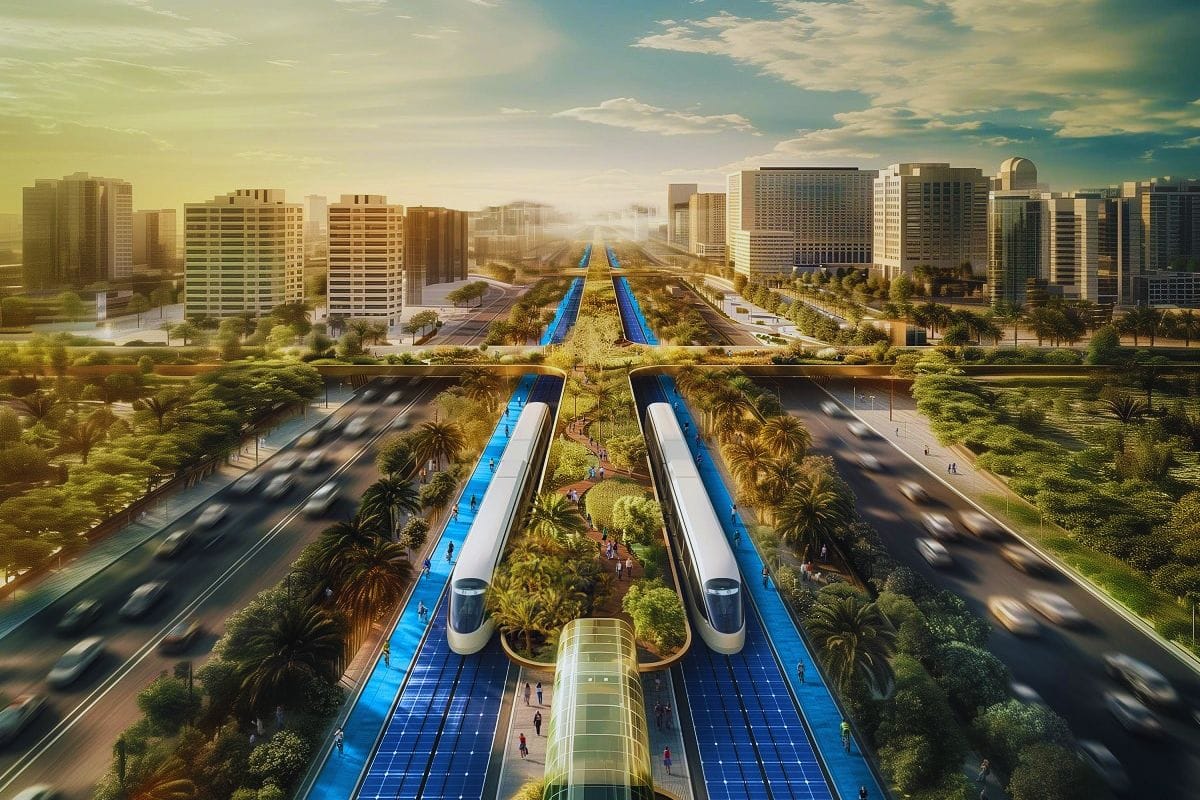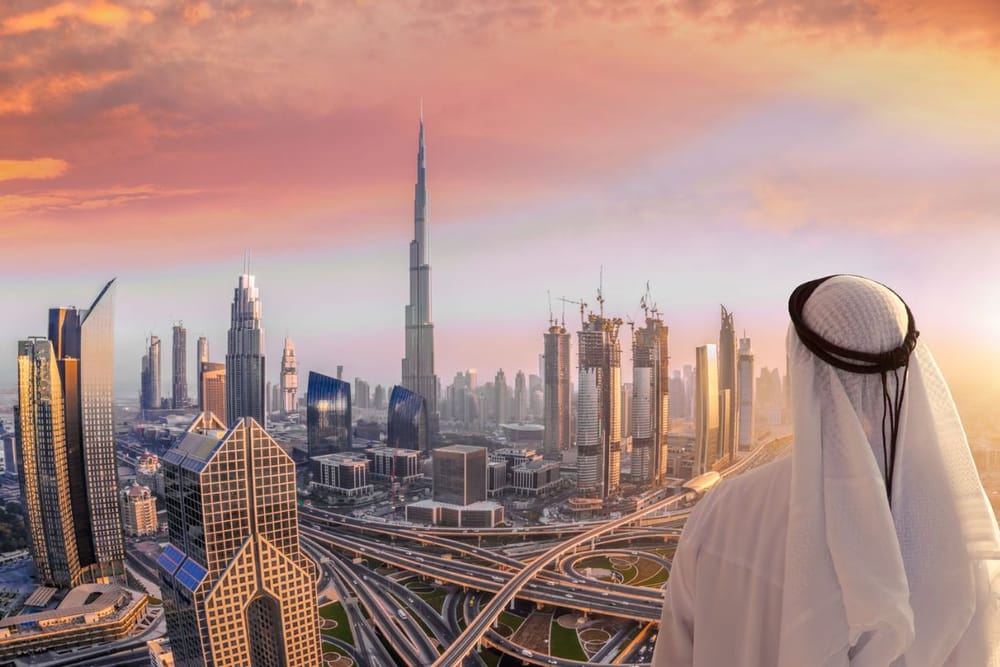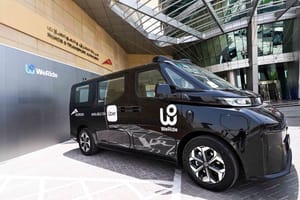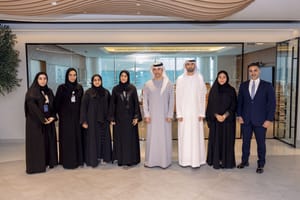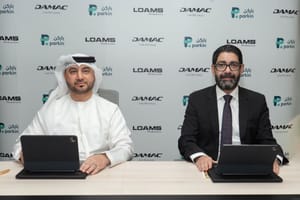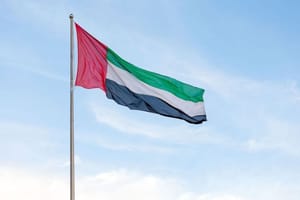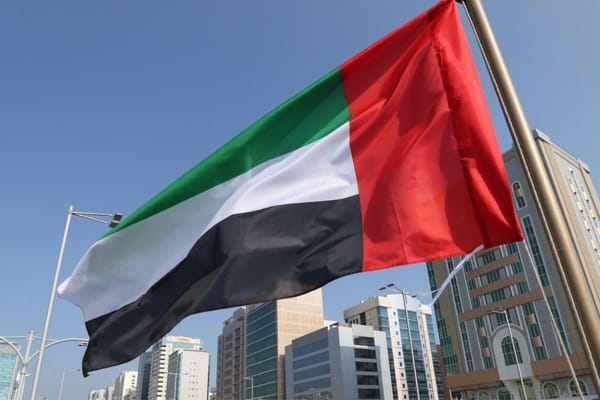Dubai has always been known for its rapid growth and innovative mindset. As the city continues to evolve, its vision for 2030 reflects a forward-thinking approach that aims to make life better, not just for those who visit, but for the millions who call it home. With a blend of advanced technology, sustainable living, and an ever-growing economy, Dubai is setting the stage to become a city of the future.
At the heart of this transformation is Dubai’s commitment to becoming a global leader in innovation and sustainable living. The city’s plans for autonomous transportation, industrial advancement, and 3D printing are designed to create an environment where convenience, opportunity, and sustainability go hand in hand.
Through this article, we’ll explore how these forward-thinking strategies will shape Dubai into a place that attracts visitors and becomes a home for those seeking modernity, growth, and a better quality of life.
Dubai Autonomous Transportation Strategy

Dubai’s Autonomous Transportation Strategy, launched in 2016, aims to transform 25% of the city’s transportation into autonomous mode by 2030. This ambitious plan is set to redefine how residents move through the city, focusing on enhancing convenience, safety, and sustainability. The strategy is expected to generate AED 22 billion in annual economic revenues by reducing transportation costs, cutting carbon emissions, and raising productivity.
A Vision for a Smarter City
By 2030, Dubai will see a significant shift in how people commute, with autonomous vehicles, buses, and taxis becoming a common sight. The strategy is set to reduce transportation costs by 44%, saving AED 900 million annually. Beyond cost savings, it will cut environmental pollution by 12%, supporting Dubai’s sustainability goals and ensuring a cleaner, greener city.
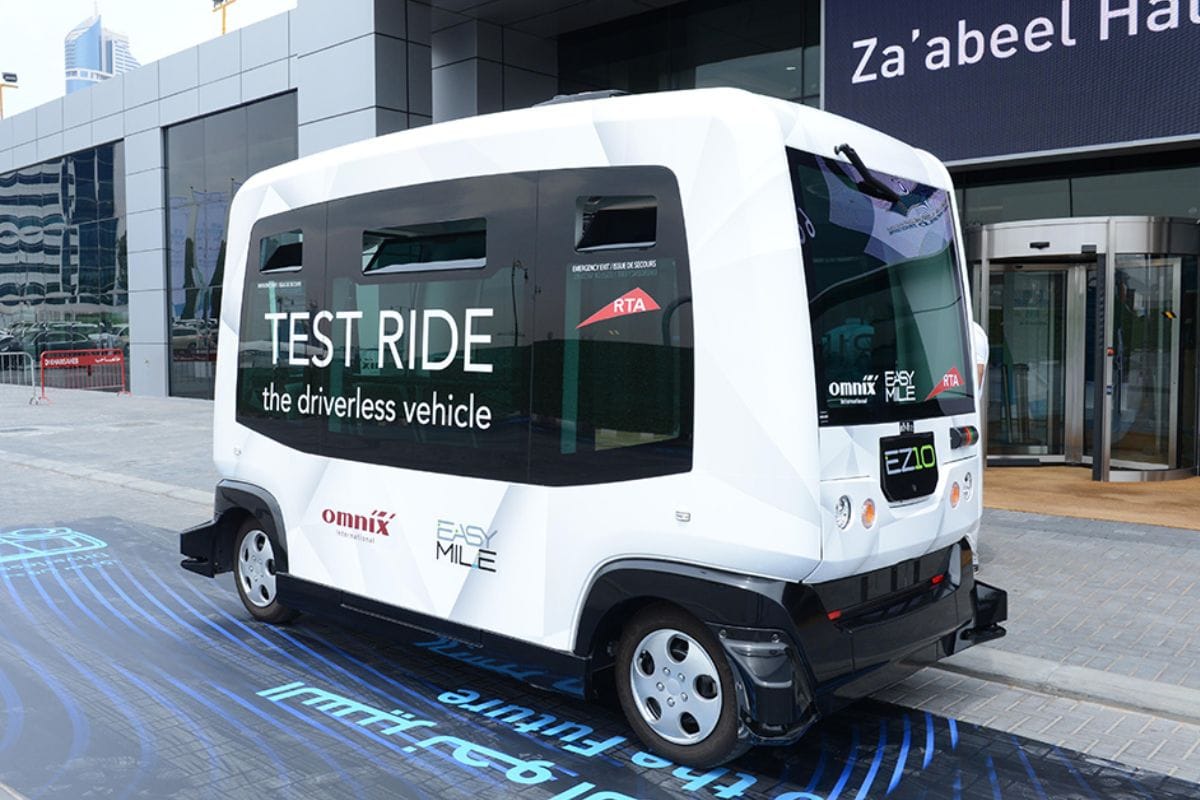
Life Made Easier
One of the most exciting aspects of this strategy is the promise of a more efficient commute. With autonomous systems in place, residents will save an estimated 396 million hours every year, meaning less time stuck in traffic and more time to focus on personal and professional life. Moreover, the strategy is projected to reduce traffic accidents by 12%, contributing to AED 2 billion in annual savings from fewer road incidents.
Autonomous Transport in Action

Dubai is already testing self-driving vehicles, with trials of Chevrolet Bolt electric cars currently underway. These driverless cars, part of a fleet that will grow to 4,000 by 2030, promise to ease congestion and reduce emissions. Additionally, the introduction of air taxis by 2026 will offer a futuristic commuting option, with vertiports being built at key locations like Dubai International Airport and Downtown Dubai.
As autonomous vehicles become part of daily life, residents will benefit from a smarter, safer, and more efficient transport system. With ongoing trials of self-driving cars and plans for air taxis by 2026, Dubai is embracing a future where mobility is effortless and sustainable. This strategy enhances the city’s infrastructure and ensures a high quality of life for its residents, making Dubai a model for smart cities worldwide.
Dubai Industrial Strategy 2030
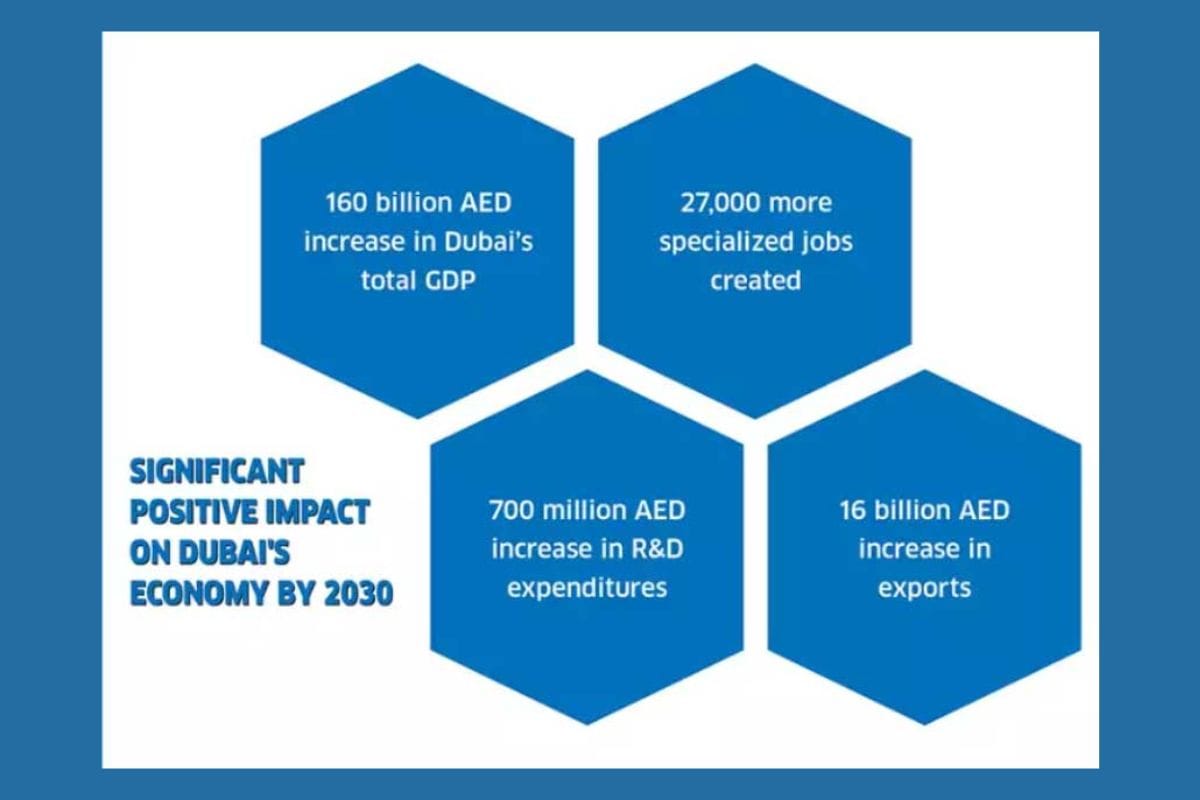
In June 2016, Sheikh Mohammed launched the Dubai Industrial Strategy 2030, positioning Dubai as a global leader in knowledge-based, sustainable, and innovation-focused industries. This ambitious plan aims to diversify the economy by transforming Dubai into a preferred manufacturing hub for international businesses while promoting environmentally friendly and energy-efficient manufacturing practices.
A Vision for Economic Growth
The Dubai Industrial Strategy is projected to generate AED 160 billion in additional economic value by 2030. The strategy focuses on increasing the total output of the manufacturing sector, enhancing the depth of knowledge and innovation, and making Dubai a centre for the global Islamic products market. This is not just about boosting industrial output—it’s about building a diverse, sustainable economy that aligns with Dubai’s long-term vision for growth.
Six Priority Sectors
The strategy focuses on six key sub-sectors that are vital to Dubai’s industrial future:
- Aerospace: Dubai will leverage its position as a global aviation hub by expanding its manufacturing of aircraft parts and maintenance services.
- Maritime: The strategy aims to enhance Dubai’s maritime industry, attracting more global shipping traffic and expanding its yacht and boat manufacturing capabilities.
- Aluminum and Fabricated Metals: Already home to one of the largest aluminium smelters globally, Dubai aims to expand its metal production capacity and increase the added value of its exports.
- Pharmaceuticals and Medical Equipment: With the GCC importing 80% of its pharmaceutical needs, Dubai has identified this sector as a priority for local manufacturing, particularly in halal cosmeceuticals and advanced medical products.
- Food and Beverages: Dubai aims to capitalize on the growing demand for halal products and its strategic location to become a major hub for food and beverage production in the region.
- Machinery and Equipment: This sector, which accounts for 25% of Dubai’s industrial GDP, is set to grow further as Dubai expands its capabilities in manufacturing machinery for construction and other industries.
Empowering Local and Global Businesses
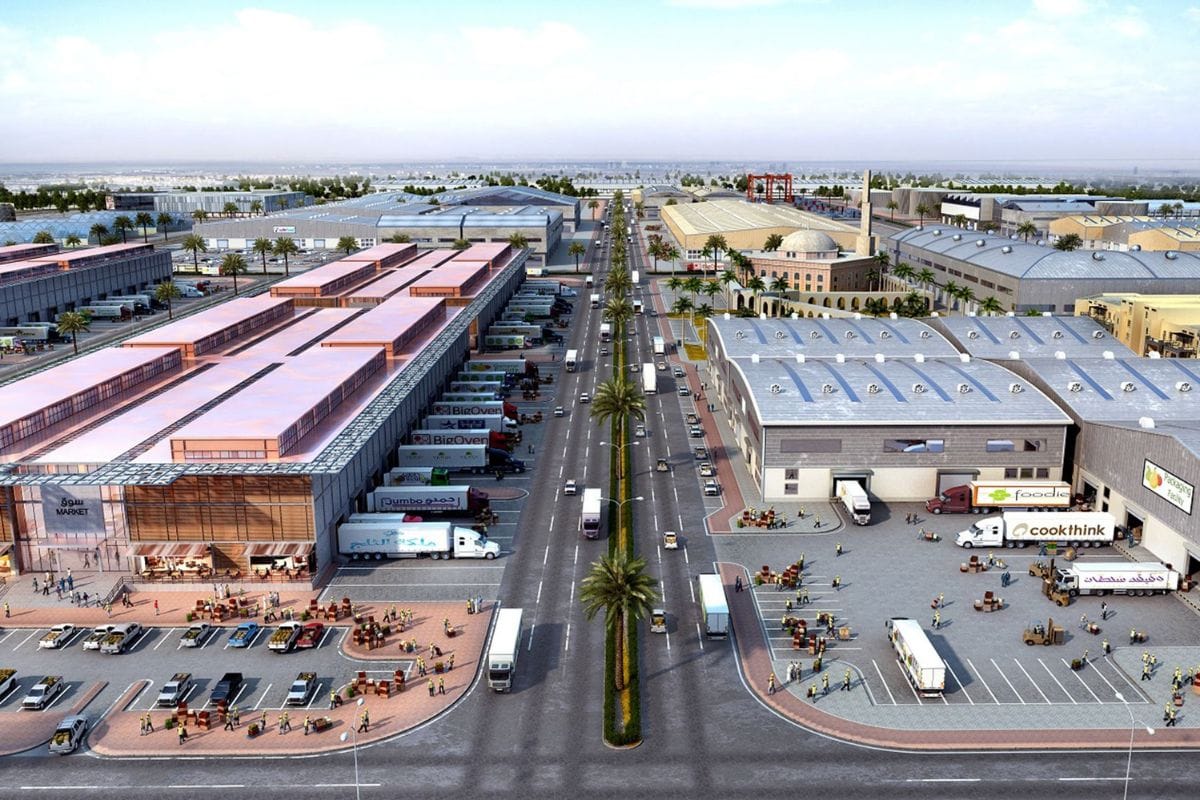
The strategy is designed to create an attractive environment for both local and international businesses. It integrates educational and research institutions to foster innovation, ensuring that Dubai becomes a centre for industrial excellence. With initiatives like the Dubai Wholesale City and Jebel Ali Free Zone (Jafza), the strategy is already offering incentives to attract more industrial investments, positioning Dubai as a global industrial centre.
Building a Sustainable Future
Environmental sustainability is at the core of this strategy. Dubai aims to promote energy-efficient manufacturing processes and environmentally friendly practices. This will not only reduce the carbon footprint of its industrial sectors but also enhance Dubai’s global competitiveness in industries that prioritize sustainability.
A Brighter Future for Residents
For residents, the Dubai Industrial Strategy 2030 means more job opportunities, higher wages, and the growth of innovative industries that will enhance the overall standard of living. By 2030, the strategy is expected to create 27,000 new jobs and increase exports by AED 16 billion, making Dubai an even more attractive place for professionals from around the world.
Dubai 3D Printing Strategy
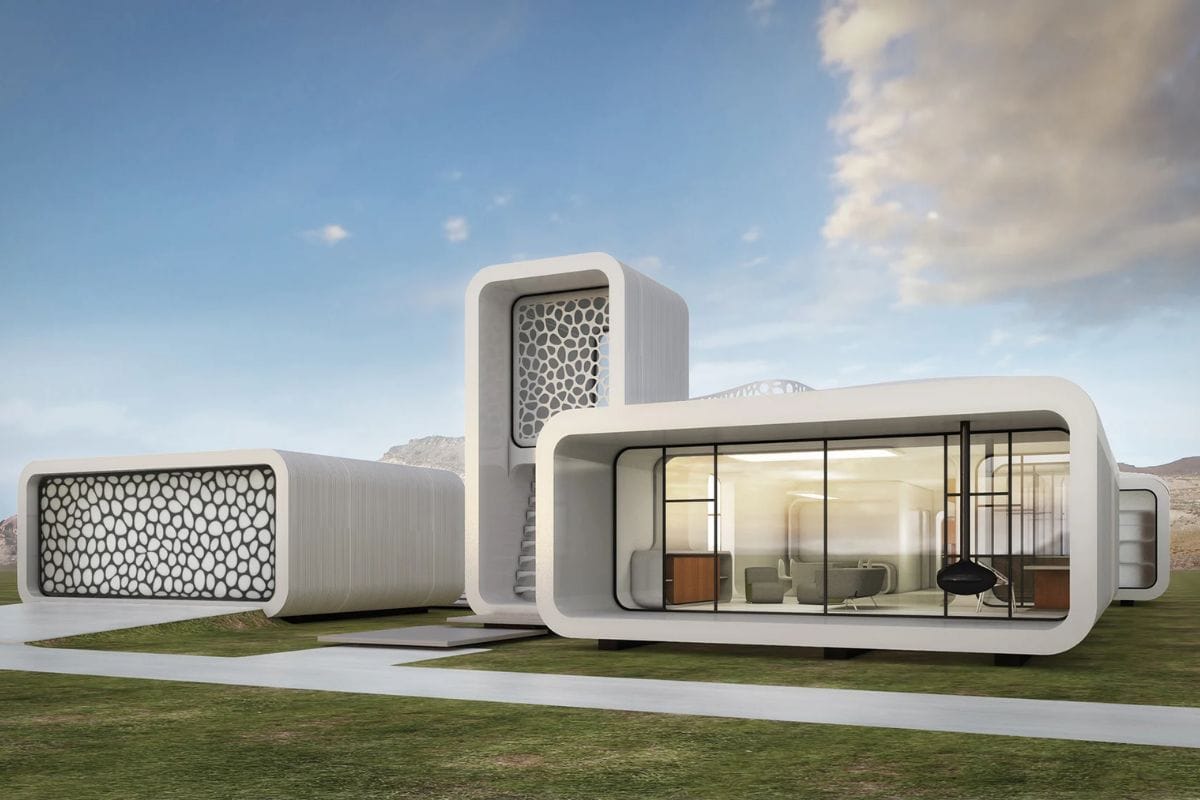
Launched in April 2016 by H.H. Sheikh Mohammed bin Rashid Al Maktoum, the Dubai 3D Printing Strategy aims to position Dubai as a global hub for 3D printing technology by 2030. This initiative will revolutionise multiple industries, contributing to Dubai’s long-term vision of innovation and sustainability. The strategy’s goal is ambitious: by 2030, 25% of all buildings in Dubai will be constructed using 3D printing technology.
Three Key Sectors
The Dubai 3D Printing Strategy focuses on three main sectors:
- Construction: Dubai aims to utilize 3D printing for building everything from residential homes to commercial spaces. By 2025, 3D printing technology in construction is expected to generate AED 3 billion in economic value.
- Medical Products: The strategy will focus on producing 3D-printed medical devices such as artificial organs, prosthetics, and surgical tools. The medical 3D printing sector is projected to reach AED 1.7 billion by 2025.
- Consumer Products: The consumer products sector will use 3D printing to create bespoke goods from fashion and jewellery to toys and household items. This sector is expected to generate AED 2.8 billion by 2025.

Five Pillars of the Strategy
To achieve its vision, the strategy is built on five essential pillars:
- Infrastructure: Developing a strong infrastructure to support 3D printing technology across various sectors.
- Legislative Structure: Establishing regulations and frameworks to ensure the safe and efficient use of 3D printing.
- Funding: Offering investment support to develop and expand the scope of 3D printing applications.
- Talent: Fostering local talent and attracting global experts to enhance Dubai’s capabilities in this field.
- Market Demand: Promoting the adoption of 3D printing across industries to drive down costs and improve accessibility.
Economic and Environmental Impact
The 3D Printing Strategy is expected to create substantial economic value by cutting construction costs by up to 70%, labour costs by 80%, and reducing material waste by 60%. This will significantly contribute to Dubai’s sustainability goals, aligning with the city’s vision for a greener and more efficient future.
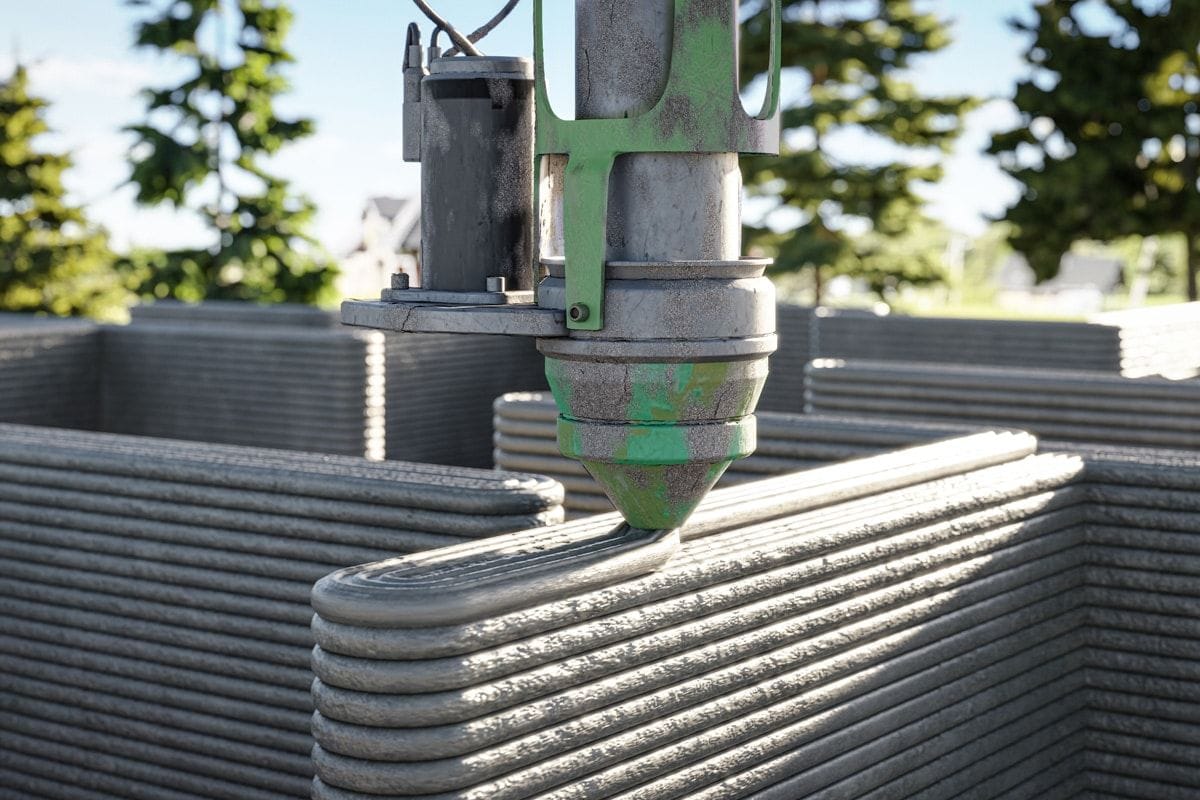
Ongoing Projects
Dubai has already started implementing pilot projects in collaboration with Dubai Municipality, Dubai Health Authority, and Dubai Holding. These projects include building homes, medical products, and consumer goods using 3D printing technology, marking the beginning of a transformation that will reshape Dubai’s industrial landscape by 2030.
Dubai’s 2030 vision is more than just a plan for the future; it’s a blueprint for a smarter, more sustainable city that will enhance the lives of its residents. Through groundbreaking initiatives like the Autonomous Transportation Strategy, Industrial Strategy 2030, and 3D Printing Strategy, Dubai is embracing innovation in ways that will shape not only its economy but also the daily experiences of its people.
By focusing on cutting-edge technology, sustainability, and a forward-thinking approach, Dubai is ensuring that it remains a global leader and an attractive destination for those looking for a dynamic place to call home. As these strategies unfold, the city will continue to grow as a hub of opportunity, making it an ideal place for anyone seeking to be part of a future that is already taking shape.
Also Read:
